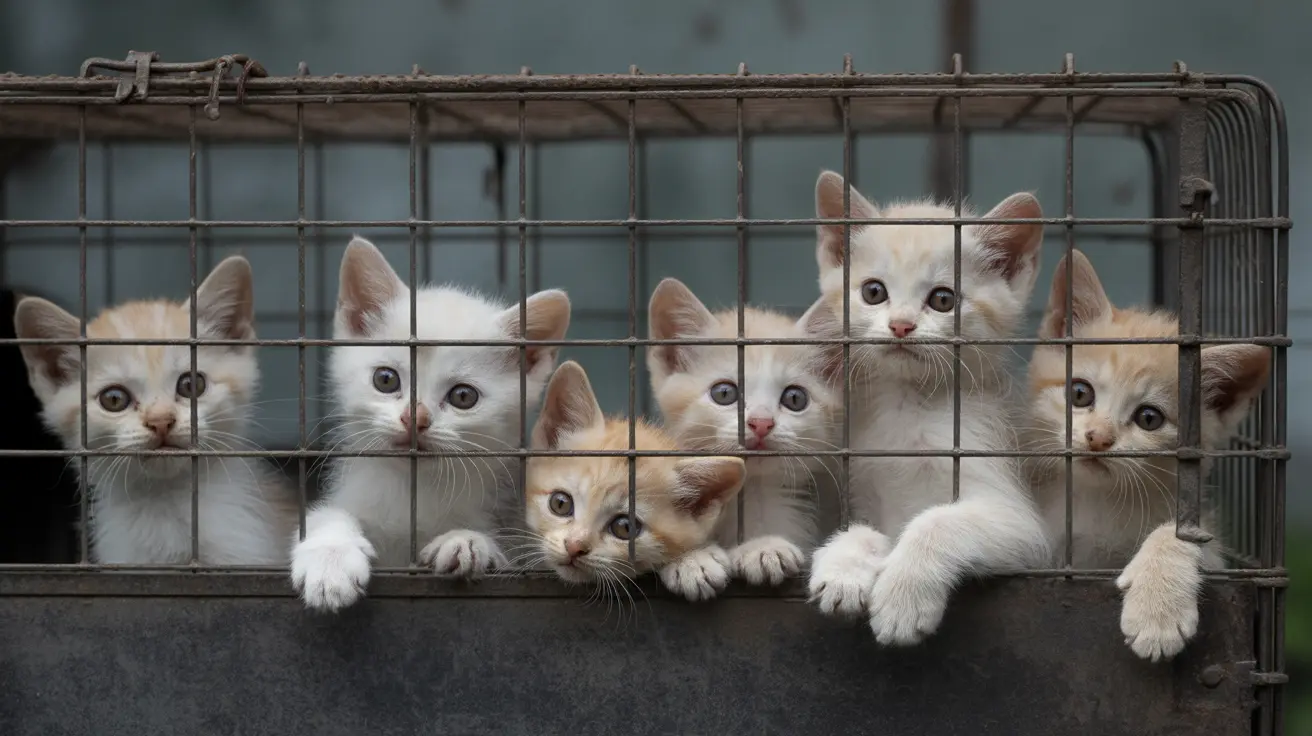Fascinating Facts About Cats
Cats have captivated people for centuries with their mysterious personalities and endearing quirks. Whether you're a lifelong cat lover or just curious about these independent creatures, there's always something new to learn about them.
Agility and Physical Abilities
Cats are natural athletes. Their bodies are built for stealth, speed, and flexibility. A cat's backbone is extremely flexible, allowing it to twist mid-air and land on its feet after a fall—a skill known as the "righting reflex." This isn't just luck; it's a combination of balance, quick reflexes, and a tail that acts like a counterweight.
- Jumping Power: Cats can leap up to six times their body length in one bound.
- Climbing Skills: Their retractable claws help them scale trees or furniture with ease.
- Night Vision: Cats see well in low light thanks to a layer of cells behind the retina called the tapetum lucidum.
Unique Communication
Cats communicate in subtle ways. Unlike dogs, they don't always use obvious cues. Instead, they rely on body language, vocalizations, and scent marking. A slow blink from your cat is often a sign of trust and affection. Purring can mean contentment but sometimes signals pain or distress too.
- Meows: Adult cats rarely meow at each other—it's mostly reserved for communicating with humans.
- Purring: While commonly associated with happiness, purring can also occur when a cat is frightened or unwell.
- Scent Glands: Cats rub their faces on objects (and people) to mark territory using scent glands located around their cheeks and chin.
Sensory Superpowers
A cat's senses are finely tuned for hunting. Their whiskers detect air currents and help them navigate tight spaces. With acute hearing, they pick up high-frequency sounds (like those made by rodents) that humans can't hear. Their sense of smell is far superior to ours—cats use it to identify food, other animals, and even people's moods.
Ancient Companions
Cats have lived alongside humans for thousands of years. Ancient Egyptians revered them as sacred animals—often depicted in art and even mummified alongside their owners. Over time, cats spread across the world, adapting to different cultures but always maintaining an air of independence.
Mysterious Behaviors
If you've ever wondered why your cat kneads blankets or brings you "gifts," you're not alone. Many feline behaviors trace back to wild ancestors:
- Kneading: This motion mimics kittens stimulating milk flow from their mother; adult cats do it when they're comfortable or happy.
- Burying Waste: Wild cats bury waste to hide their presence from predators; domestic cats retain this instinct.
- Gift Giving: Bringing prey (or toys) is a way some cats show affection—or attempt to teach you how to hunt!
Diversity Among Breeds
The domestic cat comes in a dazzling array of breeds—from the sleek Siamese to the fluffy Maine Coon. Each breed has its own physical traits and personality quirks. Some love water (like Turkish Vans), while others prefer lounging in sunbeams all day long.
Lifelong Learning
Cats are intelligent creatures capable of learning tricks, solving puzzles, and even opening doors if they're motivated enough. Positive reinforcement works best—treats or praise encourage good behavior much more than punishment ever could.
The Bond With Humans
Cats may seem aloof at times but often form deep bonds with their families. They recognize voices, routines, and even moods—sometimes offering comfort when you're feeling down by curling up beside you or softly purring in your lap.
A Few More Fun Tidbits
- The average housecat sleeps 12–16 hours per day—true masters of relaxation!
- No two cats have identical nose prints; they're as unique as human fingerprints.
- Cats use their tails not only for balance but also as mood indicators—a twitchy tail often means excitement or irritation.
- A group of kittens is called a "kindle," while adult cats together form a "clowder."
If you share your home with a cat (or several), you've probably noticed how much personality each one brings into your life—from playful antics to quiet companionship. These fascinating facts only scratch the surface of what makes cats such beloved pets worldwide.





